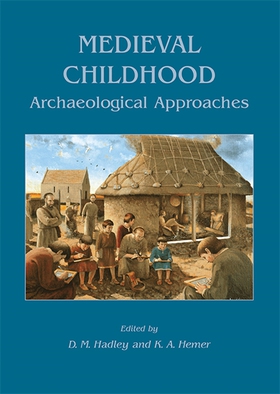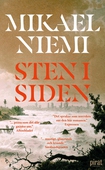
Lägg till önskelistan
Medieval Childhood (Childhood in the Past Monograph) e-bok
Pris
115 kr
The nine papers presented here set out to broaden the recent focus of archaeological evidence for medieval children and childhood and to offer new ways of exploring their lives and experiences.
The everyday use of space and changes in the layout of buildings are examined, in order to reveal how these impacted upon the daily practices and tasks of household tasks relating to the upbringing of children. Aspects of work and play are explored: how, archaeologically, we can determine whether, an...
E-Bok
115 kr
Pris
Förlag
Oxbow Books
Utgiven
15 Februari 2021
Längd
160 sidor
Genrer
Historia & Arkeologi, Fackböcker
Språk
English
Format
epub
Kopieringsskydd
Vattenmärkt
ISBN
9781782976998
The nine papers presented here set out to broaden the recent focus of archaeological evidence for medieval children and childhood and to offer new ways of exploring their lives and experiences.
The everyday use of space and changes in the layout of buildings are examined, in order to reveal how these impacted upon the daily practices and tasks of household tasks relating to the upbringing of children. Aspects of work and play are explored: how, archaeologically, we can determine whether, and in what context, children played board and dice games? How we may gain insights into the medieval countryside from the perspective of children and thus begin to understand the processes of reproduction of particular aspects of medieval society and the spaces where children’s activities occurred; and the possible role of children in the medieval pottery industry. Funerary aspects are considered: the burial of infants in early English Christian cemeteries the treatment and disposal of infants and children in the cremation ritual of early Anglo-Saxon England; and childhood, children and mobility in early medieval western Britain, especially Wales. The volume concludes with an exploration of what archaeologists can draw from other disciplines – historians, art historians, folklorists and literary scholars – and the approaches that they take to the study of childhood and thus the enhancement of our knowledge of medieval society in general.




